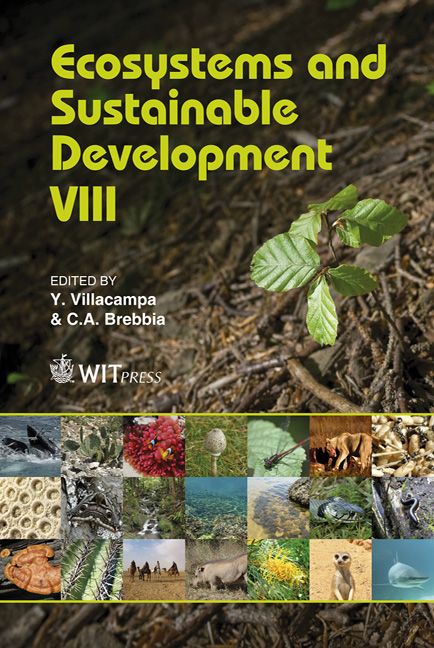Certifications In Construction: A Case Study Comparing LEED And HQE
Price
Free (open access)
Transaction
Volume
144
Pages
12
Page Range
253 - 264
Published
2011
Size
3,216 kb
Paper DOI
10.2495/ECO110231
Copyright
WIT Press
Author(s)
E. Vazquez, M. Miguez, L. Alves, J. Valente & G. Rossi
Abstract
Proposal: This paper presents concepts of sustainability embedded in environmental certifications applied to building construction. The article addresses the importance of certification and the benefits to the environment coming from its deployment. Building constructions consume many materials, emit many gases, and use a lot of energy and water, what point to the extreme importance of developing processes that aim to conserve natural resources, using them optimally. It is necessary to identify actions needed to integrate all the steps involved in the project life cycle, including entrepreneurs, developers, builders, manufacturers, managers of enterprises, users and society. Among these reasons, arises the certification process of the project, which helps minimizing the environmental impacts using natural resources in a more conscious way. This paper aims to present the concepts of an environmental certification focused on construction, compare two of these systems: LEED (Leadership in Energy Environmental Design) and HQE (Haute Qualité Environnementale), its application methodologies application methodologies, the phases in which they apply during the life cycle of an enterprise, and their benefits. Research Structure / Approaches: The article is structured in three parts: a brief review on this topic historic evolution; a description of the main features of the existing certification procedures; and case studies covering a LEED certified building and
Keywords
sustainability, environmental certifications, building construction, certification LEED, Certification HQE





